We put the Google Pixel 8 Pro through our rigorous DXOMARK Selfie test suite to measure its performance in photo and video from an end-user perspective. This article breaks down how the device fared in a variety of tests and several common use cases and is intended to highlight the most important results of our testing with an extract of the captured data.
Overview
Key front camera specifications:
- 10.5MP sensor
- f/2.2-aperture lens
- 1.22µm pixels
- Autofocus
- 4K video at 24/30/60fps, (4K at 30fps tested)
Scoring
Sub-scores and attributes included in the calculations of the global score.
Google Pixel 8 Pro


 6th
6th 6th
6thPros
- Mostly accurate white balance in photo
- Nice color rendering in indoor videos
- Generally accurate exposure in photo and video
- Accurate focus on face
- Generally good detail in daylight and indoors, for photo and video
- Smooth video stabilization when panning
The Google Pixel 8 Pro delivered an excellent performance in the DXOMARK Selfie tests, approaching the top of our ranking and making it the best Android device to date. The Pixel 8 Pro uses similar front-camera hardware as the Pixel 7 generation but adds autofocus. Overall, the camera showed significant improvements over the previous models in both photo and video modes. In our tests, the Pixel 8 Pro did particularly well in terms of color. The autofocus helped greatly improve texture levels, especially in close-up shots, and therefore also resulted in a better texture/noise trade-off.
In video mode, the Pixel 8 Pro just trailed the class-leading Apple iPhone 15 Pro Max, thanks to accurate exposure, nice colors and good detail. Video stabilization was smooth on panning shots, making for an overall decent video performance.
Please note that the Google Pixel 8 Pro was tested in SDR mode for Selfie because it provided better results than HDR mode, especially in terms of color.
Test summary
About DXOMARK Selfie tests: For scoring and analysis, DXOMARK engineers capture and evaluate more than 1,500 test images both in controlled lab environments and in outdoor, indoor and low-light natural scenes, using the front camera’s default settings. The photo protocol is designed to take into account the user’s needs and is based on typical shooting scenarios, such as close-up and group selfies. The evaluation is performed by visually inspecting images against a reference of natural scenes, and by running objective measurements on images of charts captured in the lab under different lighting conditions from 1 to 1,000+ lux and color temperatures from 2,300K to 6,500K. For more information about the DXOMARK Selfie test protocol, click here. More details on how we score smartphone cameras are available here. The following section gathers key elements of DXOMARK’s exhaustive tests and analyses .Full performance evaluations are available upon request. Please contact us on how to receive a full report.
Photo
Google Pixel 8 Pro
149
In photo mode, the Google Pixel 8 Pro managed to maintain the pleasant and natural color rendering, and the wide dynamic range we had already seen on the predecessor Pixel 7 Pro. It also added some significant improvements to the mix, particularly in terms of autofocus and texture/noise trade-off.
Please note: For Google Pixel 8 Pro photos, we evaluated SDR files on a SDR display. The comparison photos from the Apple iPhone 15 Pro Max were evaluated using HDR files on an HDR display. HEIC files from the Apple device cannot be displayed on this page, so we are using converted SDR files, which are not showing the iPhone’s full potential, instead.

Exposure
Google Pixel 8 Pro
99
Exposure is one of the key attributes for technically good pictures. The main attribute evaluated is the brightness of the face(s) in various use cases and light conditions. Other factors evaluated are the contrast and the dynamic range, eg. the ability to render visible details in both bright and dark areas of the image. Repeatability is also important because it demonstrates the camera's ability to provide the same rendering when shooting consecutive images in a row.
The Pixel 8 Pro generally delivered accurate target exposure in combination with a very wide dynamic range. However, the camera had a tendency to err on the side of slight underexposure, in order to protect the highlighted areas of the frame.

Color
Google Pixel 8 Pro
110
Color is one of the key attributes for technically good pictures. The image quality attributes analyzed are skin-tone rendering, white balance, color shading, and repeatability.
Color performance on the Pixel 8 Pro was consistent with its predecessor, predominantly producing a natural white balance. In addition, Google’s RealTone outperformed many comparable features from the competition, offering outstanding color accuracy on skin tones.

Focus
Google Pixel 8 Pro
105
Autofocus tests evaluate the accuracy of the focus on the subject’s face, the repeatability of an accurate focus, and the depth of field. While a shallow depth of field can be pleasant for a single-subject selfie or close-up shot, it can be problematic in specific conditions such as group selfies; both situations are tested. Focus accuracy is also evaluated in all the real-life images taken, from 30cm to 150cm, and in low light to outdoor conditions.
While the predecessor Pixel 7 Pro used a fixed focus lens, the Pixel 8 Pro now comes with an autofocus system in the front camera. In our tests, this helped improve the level of subject detail greatly, especially for close and long shooting distances.

Texture
Google Pixel 8 Pro
79
Texture tests analyze the level of details and the texture of subjects in the images taken in the lab as well as in real-life scenarios. For natural shots, particular attention is paid to the level of details in facial features, such as the eyes. Objective measurements are performed on chart images taken in various lighting conditions from 1 to 1000 lux and different kinds of dynamic range conditions. The charts used are the proprietary DXOMARK chart (DMC) and the Dead Leaves chart.
On the latest Pixel Pro, the trade-off between noise and texture has been noticeably improved, resulting in better overall rendering in various light conditions and enhanced subject detail. Thanks to the new autofocus system, the Pixel was capable of capturing good detail from very short (30cm) to long (120cm and more) subject distances, providing a more consistent level of detail across subject distances than previous models.

Noise
Google Pixel 8 Pro
94
Noise tests analyze various attributes of noise such as intensity, chromaticity, grain, and structure on real-life images as well as images of charts taken in the lab. For natural images, particular attention is paid to the noise on faces, but also on dark areas and high dynamic range conditions. Objective measurements are performed on images of charts taken in various conditions from 1 to 1000 lux and different kinds of dynamic range conditions. The chart used is the DXOMARK Dead Leaves chart and the standardized measurement such as Visual Noise derived from ISO 15739.
Compared to previous models, image noise was overall fairly well under control (with very close behavior to the Pixel 7 Pro, and better performances than iPhone15 Pro Max in this domain), contributing to significant improvements in terms of texture/noise trade-off.

Artifacts
Google Pixel 8 Pro
91
The artifacts evaluation looks at lens shading, chromatic aberrations, distortion measurement on the Dot chart and MTF, and ringing measurements on the SFR chart in the lab. Particular attention is paid to ghosting, quantization, halos, and hue shifts on the face among others. The more severe and the more frequent the artifact, the higher the point deduction on the score. The main artifacts observed and corresponding point loss are listed below.
In terms of unwanted image artifacts, our testers observed only minor issues, and the Pixel 8 Pro did overall very well in this category. This said, color quantization was noticeable on occasion, as well as some slight local loss of texture in several test scenes (represented in the graph by face rendering artifact score).

Bokeh
Google Pixel 8 Pro
80
Bokeh is tested in one dedicated mode, usually portrait or aperture mode, and analyzed by visually inspecting all the images captured in the lab and in natural conditions. The goal is to reproduce portrait photography comparable to one taken with a DSLR and a wide aperture. The main image quality attributes paid attention to are depth estimation, artifacts, blur gradient, and the shape of the bokeh blur spotlights. Portrait image quality attributes (exposure, color, texture) are also taken into account.
The bokeh performance of the Pixel 8 Pro was very close to the predecessor Pixel 7 Pro. The overall results were quite satisfying, despite occasional depth estimation inaccuracies, but achieving a natural DSLR-like blur gradient remained a challenge.
Video
Google Pixel 8 Pro
156
DXOMARK engineers capture and evaluate more than 2 hours of video in controlled lab environments and in natural low-light, indoor and outdoor scenes, using the front camera’s default settings. The evaluation consists of visually inspecting natural videos taken in various conditions and running objective measurements on videos of charts recorded in the lab under different conditions from 1 to 1000+ lux and color temperatures from 2,300K to 6,500K.
In our front camera video tests, the Google Pixel 8 Pro delivered a solid and consistent performance, finding itself just behind the best-in-class Apple iPhone 15 series.
Please note that we tested the Google Pixel 8 Pro video at both HDR and SDR settings, and concluded that SDR mode offered the slightly better overall quality. It was therefore used for the comparisons below.

Exposure
Google Pixel 8 Pro
87
Exposure tests evaluate the brightness of the face and the dynamic range, eg. the ability to render visible details in both bright and dark areas of the image. Stability and temporal adaption of the exposure are also analyzed.
In our testing, the Pixel 8 Pro exhibited a strong exposure performance, with accurate target exposure, particularly in daylight and under indoor lighting. However, the camera still had difficulties achieving good target exposure in low light. Dynamic range was pretty wide, showing slight improvements over the previous model, especially in low light. Exposure transitions could be slower than on the competitors, but were consistently accurate.

Color
Google Pixel 8 Pro
90
Image-quality color analysis looks at skin-tone rendering, white balance, color shading, stability of the white balance and its adaption when light is changing.
The camera’s color rendering could sometimes have difficulties in daylight conditions or in very low light. However, it was outstanding when recording indoors, particularly in terms of skin tones, which were remarkably accurate.

Focus
Google Pixel 8 Pro
92
The new autofocus system was accurate most of the time but also showed some inconsistencies, particularly when tracking moving subjects. In total, the addition of the autofocus did not increase the focus score compared to the predecessor Pixel 7 Pro. However, it did help improve the texture score significantly, thanks to the new model’s ability to focus accurately across a range of subject distances.

Texture
Google Pixel 8 Pro
97
Texture tests analyze the level of details and texture of the real-life videos as well as the videos of charts recorded in the lab. Natural video recordings are visually evaluated, with particular attention paid to the level of detail on the facial features. Objective measurements are performed of images of charts taken in various conditions from 1 to 1000 lux. The chart used is the Dead Leaves chart.
Like photo mode, video mode has improved significantly in terms of texture/noise trade-off, achieving a very good level. The autofocus system, and its ability to achieve good focus across a range of subject distances, plays a substantial role in driving these enhancements.

Noise
Google Pixel 8 Pro
83
Noise tests analyze various attributes of noise such as intensity, chromaticity, grain, structure, temporal aspects on real-life video recording as well as videos of charts taken in the lab. Natural videos are visually evaluated, with particular attention paid to the noise on faces. Objective measurements are performed on the videos of charts recorded in various conditions from 1 to 1000 lux. The chart used is the DXOMARK visual noise chart.
Stabilization evaluation tests the ability of the device to stabilize footage thanks to software or hardware technologies such as OIS, EIS, or any others means. The evaluation looks at overall residual motion on the face and the background, smoothness and jello artifacts, during walk and panning use cases in various lighting conditions. The video below is an extract from one of the tested scenes.
Stabilization performance remained globally efficient, with limited residual motion especially on handheld videos. Stabilization was better than average when panning or walking while recording.

Artifacts
Google Pixel 8 Pro
92
Artifacts are evaluated with MTF and ringing measurements on the SFR chart in the lab as well as frame-rate measurements using the LED Universal Timer. Natural videos are visually evaluated by paying particular attention to artifacts such as quantization, hue shift, and face-rendering artifacts among others. The more severe and the more frequent the artifact, the higher the point deduction from the score. The main artifacts and corresponding point loss are listed below



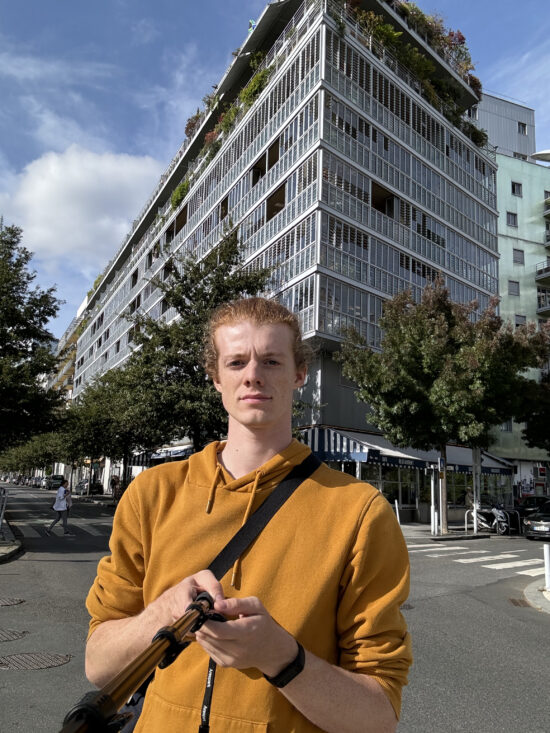
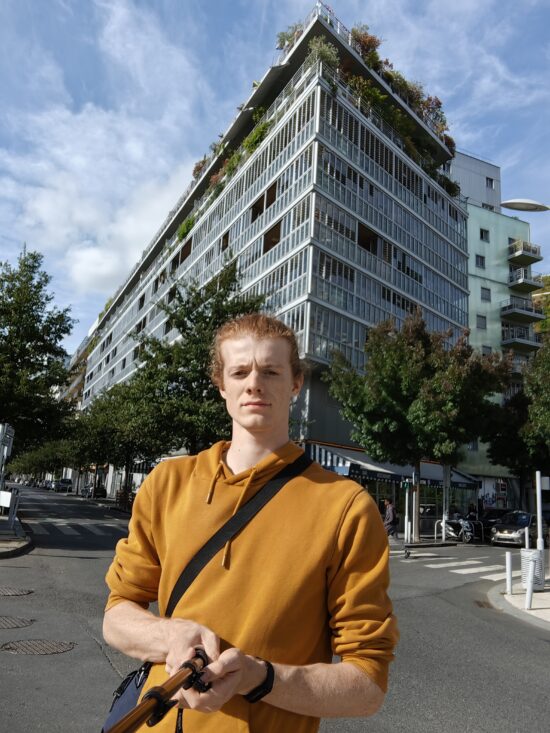
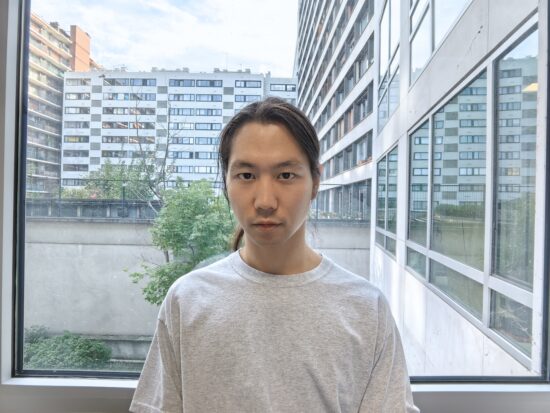
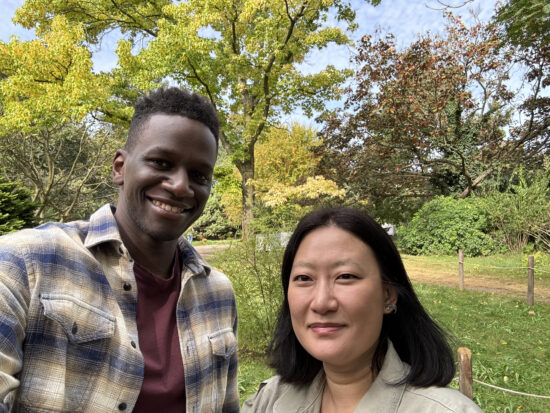
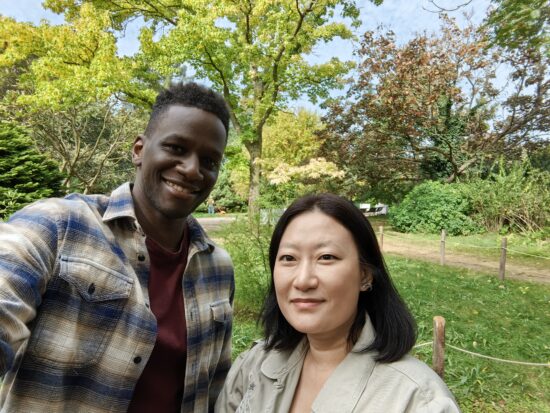
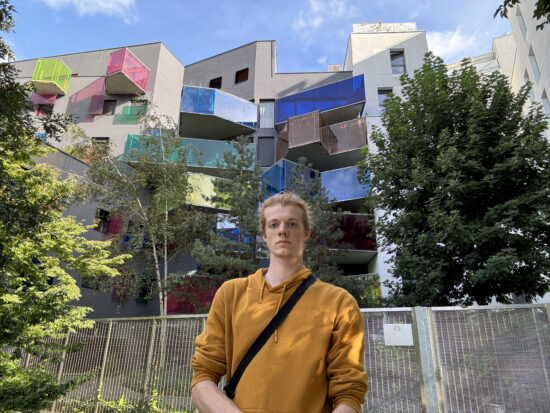
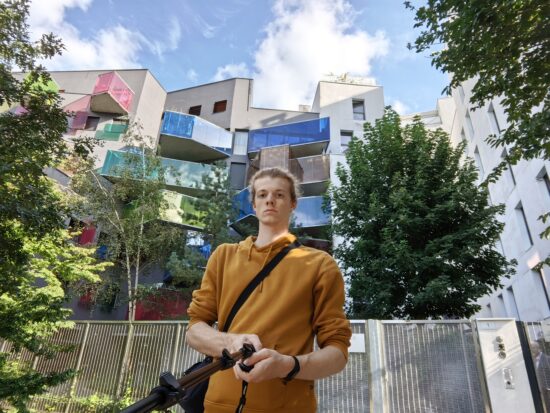
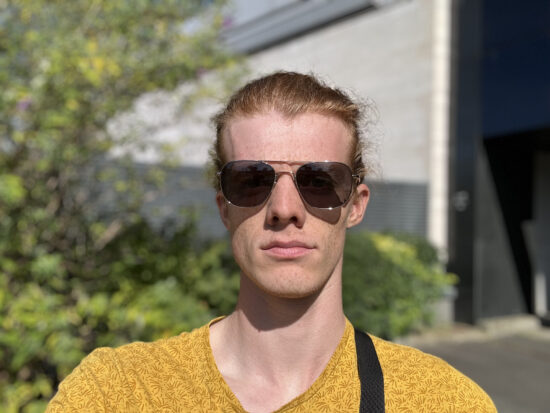

DXOMARK encourages its readers to share comments on the articles. To read or post comments, Disqus cookies are required. Change your Cookies Preferences and read more about our Comment Policy.